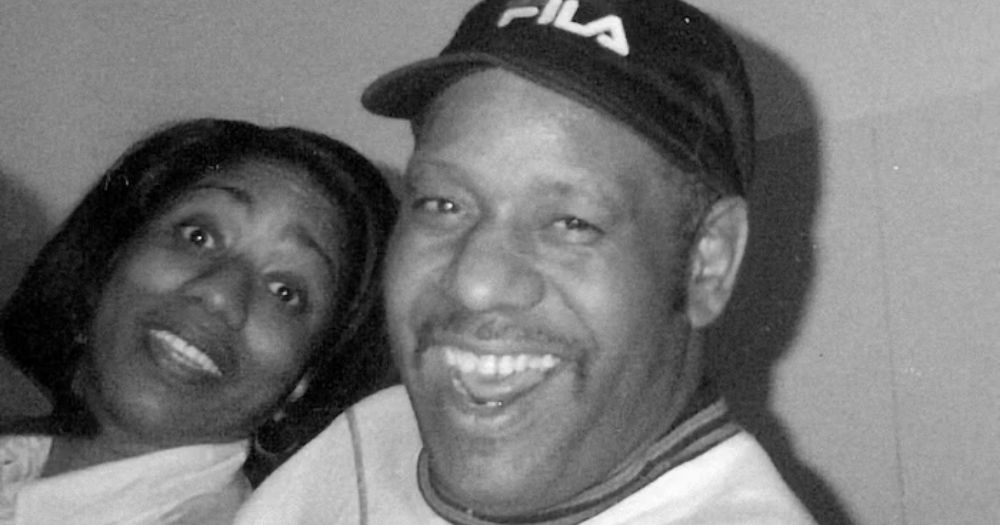House and techno were created in the underground gay clubs of Chicago and Detroit, by mostly Black and queer artists, at a time of economic collapse, racial injustice, and oppression. Stacey ‘Hotwaxx’ Hale said in an interview with Nylon that “change and queer (often) fit together”. Queer and Black trailblazers often get erased from history, but here are a few of the key players of the time.
Ken Collier
Often called the “Godfather” of techno, though he preferred to be called “Ken”. He was an openly queer, highly talented and beloved trailblazer of the genre. As the motor industry tanked and the population decreased, Collier paved the way for the first wave of techno DJs and a rise in gay venues around Detroit.
His club, Club Heaven, was a legendary venue for mainly queer and Black people to party and express themselves through dance and fashion. He threw parties where people would come kitted out in leather, feathers, and chains. In the Downstairs Pub, he held ABAP parties, where people were encouraged to dress ‘As Brief As Possible’.
“I don’t think anyone that heard him wasn’t touched by what he was doing,” says Hale. Here is a taste of what a Ken Collier night at Club Heaven was like in rare footage captured by DJ Tony Peoples:
Stacey ‘Hotwaxx’ Hale
Stacey Hale is another one of our queer pioneers from the Detroit techno DJ scene. Praised as the “Godmother of House”, she still holds DJ residencies in Detroit and Berlin to this day. Despite throwing queer parties at Cheeks with John ‘Jammin’ Collins and never denying her sexuality, Hale never spoke publicly about it until 2018.
She said, “All the head DJs were gay. We were just out thinking out of the box. We didn’t do it because we were gay. We were doing it because this was what we liked. I guess, by nature, I’m going to rebel. Music is not a black, white, or straight or gay thing.” The underground clubs were a much-needed and beloved space for the Black and queer people of Detroit.
John ‘Jammin’ Collins
An important queer and Black figure in the Detroit techno and house scene is John ‘Jammin’ Collins, also known as the “ambassador of techno”. He was a DJ, producer, and member of Underground Resistance, the DJ collective central in the creation of techno. He went on to curate Exhibit 3000, the techno museum, and to advocate for the community.
Frankie Knuckles
As an out-and-proud gay DJ and producer from the Bronx, he made an indelible mark on the club scene when he moved to Chicago and started playing at the Warehouse.
Knuckles went on to open his club, Power Plant, and to produce absolute bangers like ‘Your Love’.
While Collier and Knuckles have sadly passed, their legacy is woven throughout electronic music.
© 2025 GCN (Gay Community News). All rights reserved.
Support GCN
GCN is a free, vital resource for Ireland’s LGBTQ+ community since 1988.
GCN is a trading name of National LGBT Federation CLG, a registered charity - Charity Number: 20034580.
GCN relies on the generous support of the community and allies to sustain the crucial work that we do. Producing GCN is costly, and, in an industry which has been hugely impacted by rising costs, we need your support to help sustain and grow this vital resource.
Supporting GCN for as little as €1.99 per month will help us continue our work as Ireland’s free, independent LGBTQ+ media.
